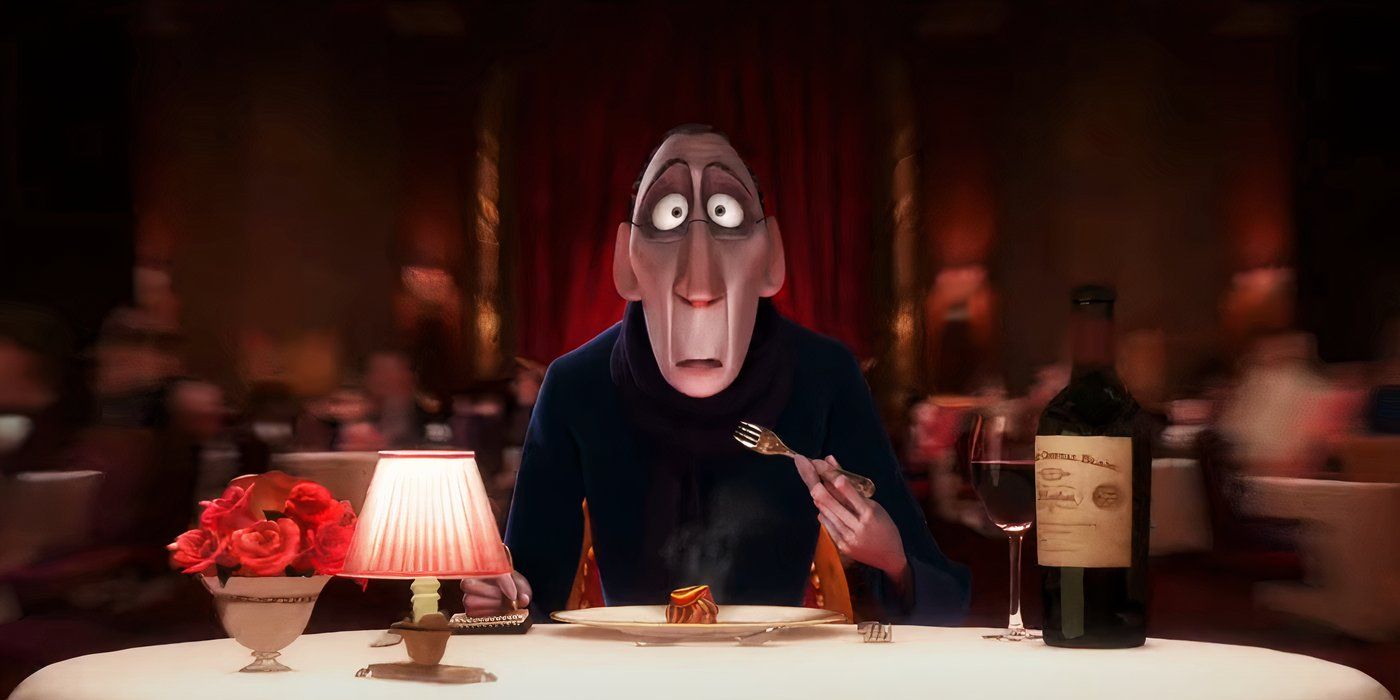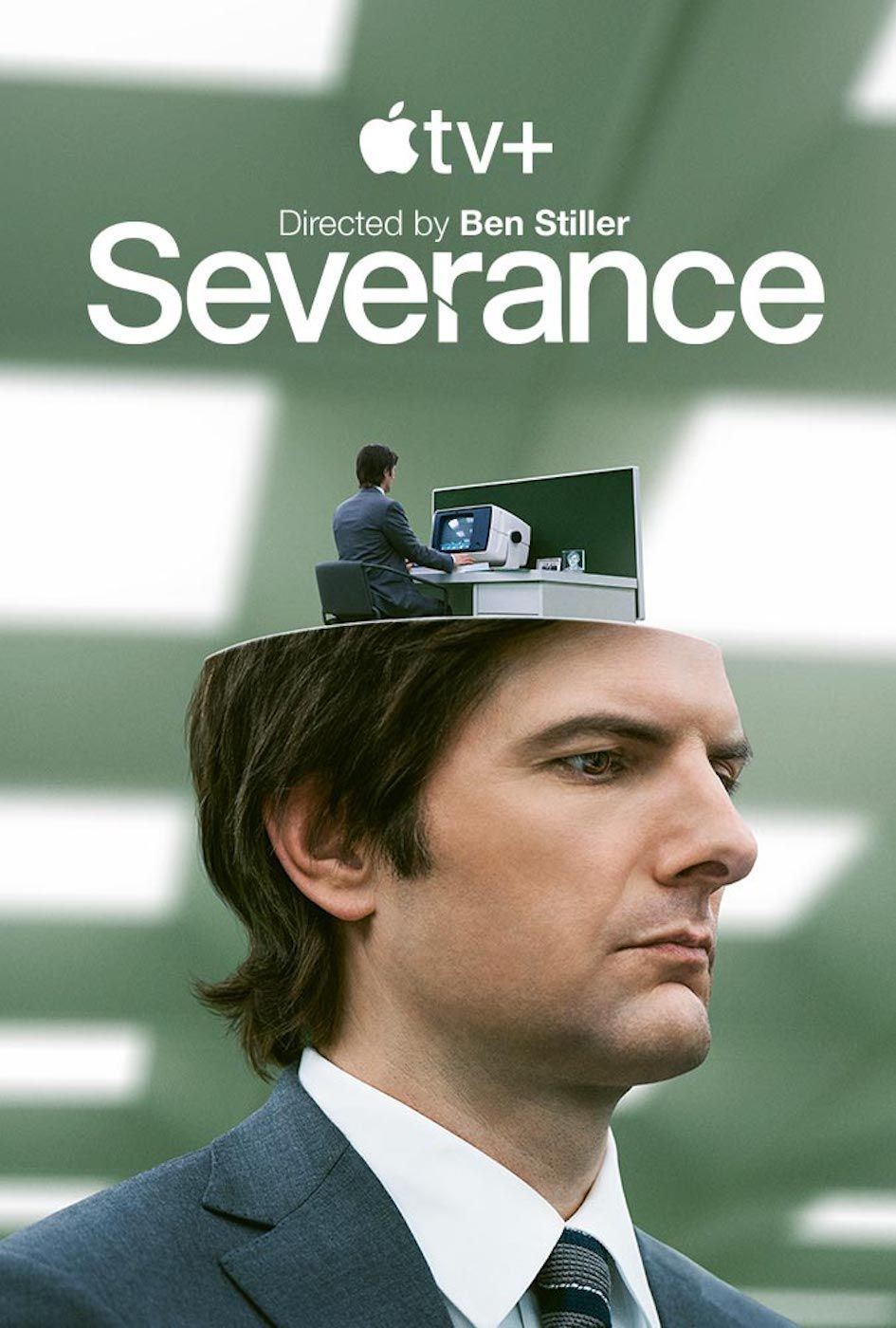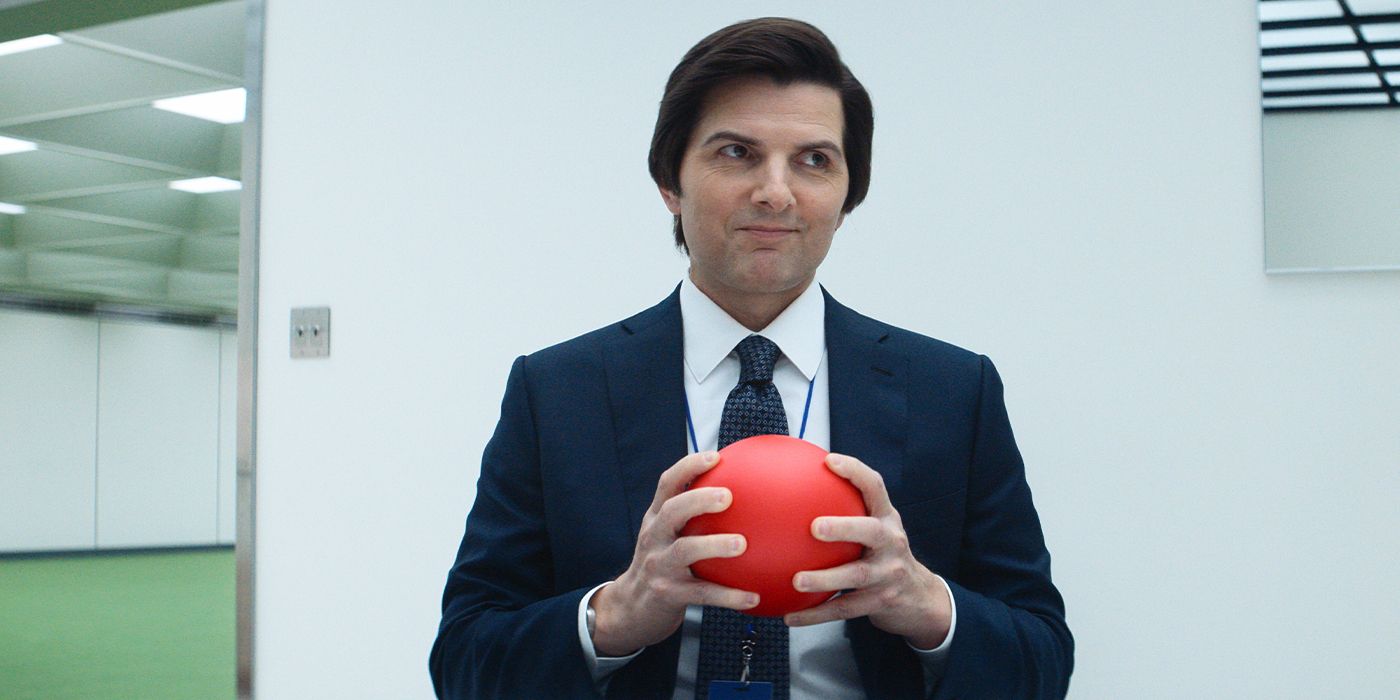You may be familiar with the visual effect in Apple TV+'s Severance that happens when Lumon employees take the severed floor elevator. As the actor in the scene shifts gears between their character's severed and unsevered modes, their head gets either wider or narrower and the elevator seems to change in size behind them. This cinematography technique, called a dolly zoom or “zolly,” is actually pretty common, and you’ve seen it more than you think — ever heard of the “Vertigo effect”?
How Does a Dolly Zoom Shot Work?
 Image via Pixar Animation Studios
Image via Pixar Animation Studios
No, it’s not by magic. The way a dolly zoom works is that the physical body of the camera moves away from the subject of the shot, while the camera operator simultaneously zooms in on the subject via the in-camera function, and vice versa. This keeps the subject in clear focus while expanding the depth of the shot in real-time.
The technique originates from the 1958 Alfred Hitchcock film Vertigo and was created by cinematographer Irmin Roberts. It’s been used in movies and TV shows since then to emphasize a sense of disorientation, imbalance, dramatic realization, and other sorts of real-time loss of mental or emotional defenses. You might recognize it from that “Get out of the water” scene in Steven Spielberg’s Jaws (1975). Or maybe you remember the effect from Gi-hun’s reaction to his umbrella dalgona in Hwang Dong-hyuk’s hit series Squid Game. Rian Johnson and cinematographer Steve Yedlin have used the effect in both Knives Out films to date.
It's no different in animation; the dolly zoom effect is created when Simba faces an impending stampede in Rob Minkoff’s The Lion King (1994), and for a whiplash effect during Anton Ego’s pivotal flashback in Brad Bird’s Ratatouille (2007). The wonderful dolly zoom is all around us, but for Severance, the Vertigo effect is key to the series.
‘Severance’ Uses the Classic Dolly Zoom for Its Famous Elevator Transitions
Severance cinematographer Jessica Lee Gagné explained that the dolly zoom is used in the series to make a clear distinction between the outside and inside worlds of the show. Lee Gagné told Variety that the elevator sequence is the bridge between the more studio-based, long-lens feel of the outie realm, and the highly surveilled and uncanny interior of Lumon Industries. According to Lee Gagné on an episode of the Go Creative Show podcast, the production team went through an arsenal of different dollies, including a programmable camera crane called a Technodolly. But in order to achieve the elevator sequence, the team typically uses Kuper controls, developed by motion control specialist Anthony Jacques, which utilize computer software that adaptively calculates in-camera zooming while the dolly portion is manually operated.
To ensure that the dolly zoom effect would be, well, effective, Lee Gagné used a 19-90mm Panavision zoom lens and kept within the 19-30mm range when shooting the Severance elevator scenes. With an aspect ratio of 2.35:1 – which is much wider than your average TV aspect ratio of 16:9, and which is what sandwiches your video between those two black bars – the zoom effect of the elevator sequence offers a subtle but detectable shift in shooting style. Definitely check out StudioBinder’s explanation of the dolly zoom for a deeper dive into the technique.
‘Severance’ Creators Call Their Iconic Transition the "Fritz Cut"
On top of the classic dolly zoom, Severance creator-director Ben Stiller and editor Geoffrey Richman also explained to Variety that the familiar glitchy visual component that comes with scene transitions throughout the series is made up of “random intervals of one- and two-frame edits that go back and forth between the outgoing scene and the incoming scene.” The visual effect was inspired by an equally glitchy auditory effect that emerged within the musical composition of the show. As Richman clarifies, “It’s actually not a sound effect. It’s a piece of the score.” In reference to the final shot of the opening credits, he continues, “That is both visual and also an element that’s in the score that [Theodore Shapiro, composer for Severance] wrote into the individual stems of a lot of the cues that he wrote.”
The not-sound-effect was merged with the strobing visual component to create the iconic Severance transition, and was effectively deemed the “fritz cut” (i.e., your TV being “on the fritz”). According to Stiller, the fritz cut became a means of connecting the innies’ distinct stories with each other, especially when it came to the intense Season 1 finale. Out of serendipity, the technique created a seamless transition between characters and between realms within the overall Severance story.
Season 2 of Severance premieres January 17 on Apple TV+ in the U.S.

Mark leads a team of office workers whose memories have been surgically divided between their work and personal lives. When a mysterious colleague appears outside of work, it begins a journey to discover the truth about their jobs.
Release Date February 18, 2022
Seasons 2










 English (US) ·
English (US) ·